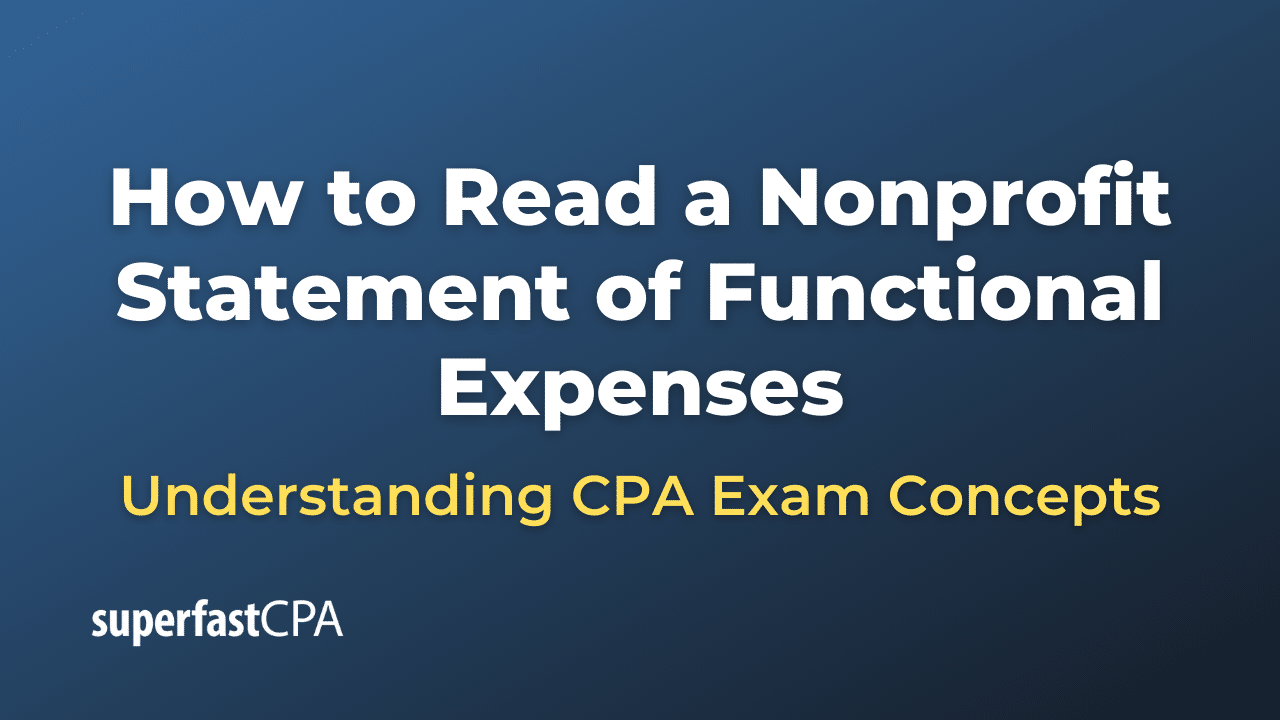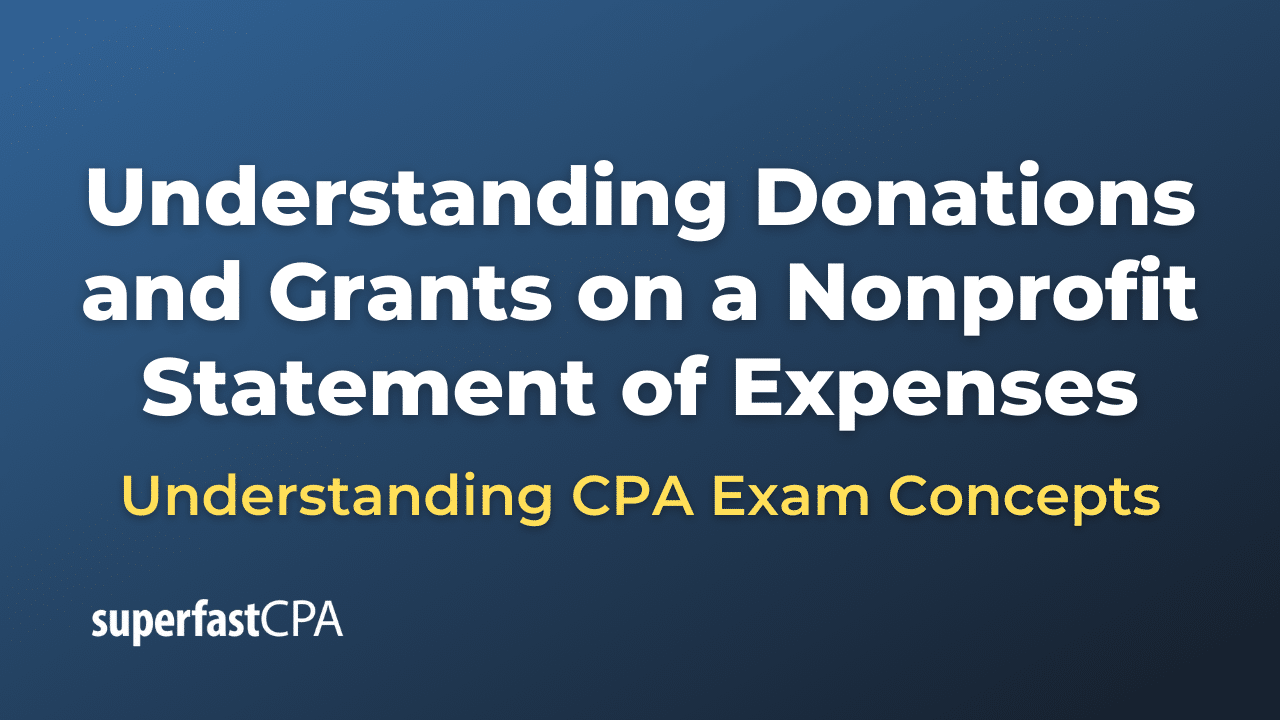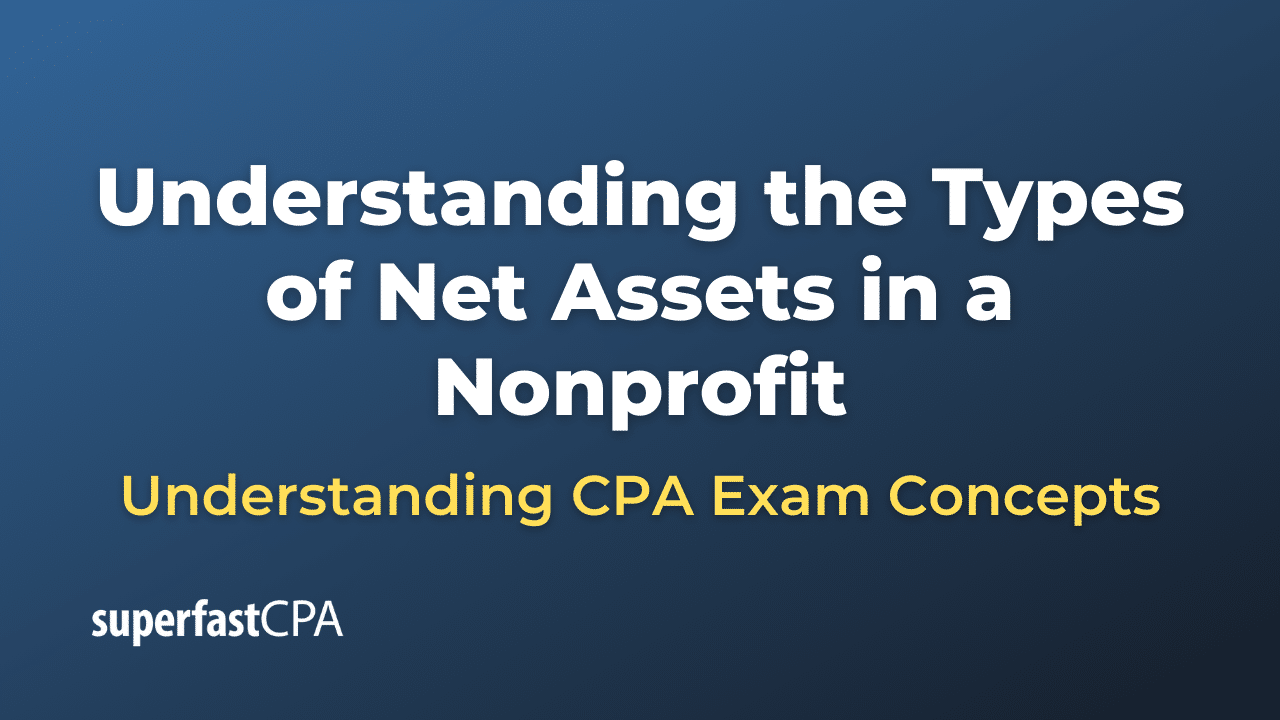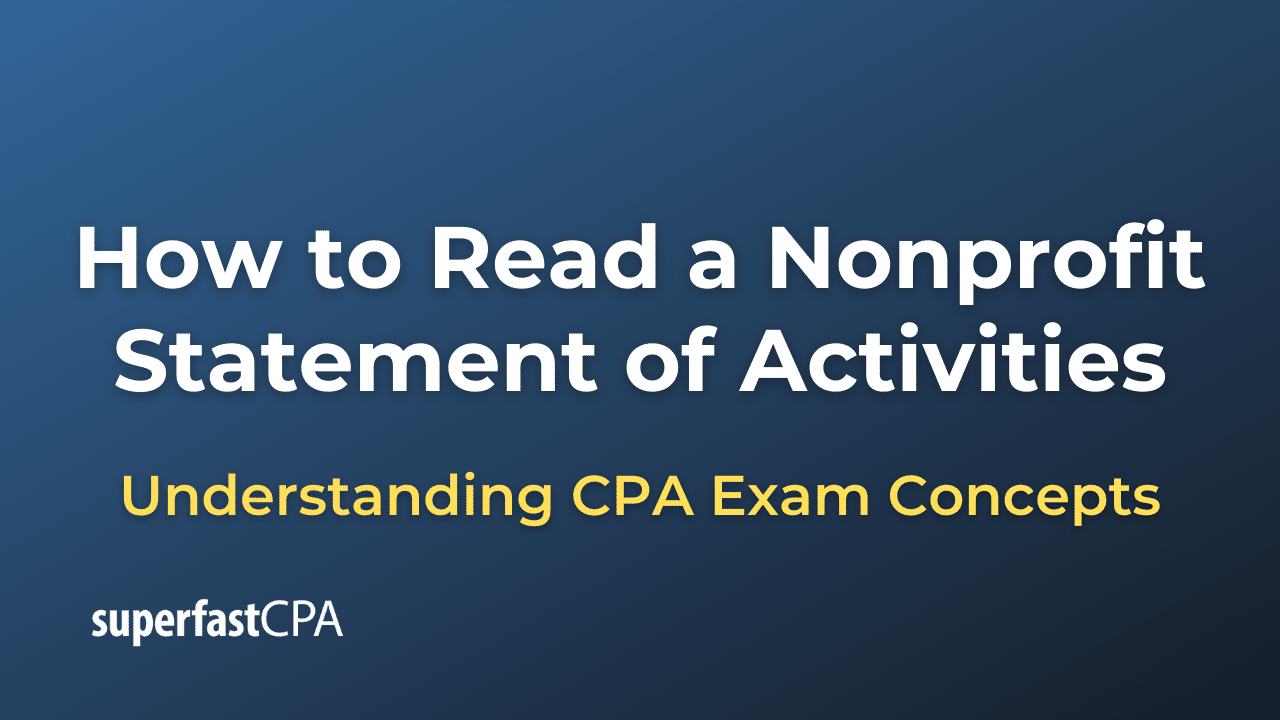Clearing Account
A clearing account, also known as a clearing or wash account, is a temporary account used in accounting to aggregate and simplify transactions between two or more accounts. Clearing accounts are used to facilitate the reconciliation process, track specific transactions, or manage internal accounting processes. They typically hold a zero balance once transactions have been settled or cleared.
Clearing accounts are commonly used in situations where multiple transactions occur over a short period, such as payroll processing, intercompany transactions, or sales tax collection. The main purpose of using a clearing account is to segregate different types of transactions and simplify the bookkeeping process by consolidating the transactions into a single account before they are posted to their final destination accounts.
For example, a company may use a payroll clearing account to process its payroll transactions. The company would first transfer the total net payroll amount to the payroll clearing account. Then, individual employee payments would be disbursed from the payroll clearing account to their respective bank accounts. Once all the payments are made, the balance in the payroll clearing account should be zero. This method simplifies the payroll process and makes it easier to identify any discrepancies, as the payroll clearing account should always have a zero balance after all transactions are settled.
It’s important to note that clearing accounts are not meant to be permanent accounts and should be monitored and reconciled regularly to ensure accuracy and proper record-keeping.
Example of a Clearing Account
Let’s consider a fictional company, “TechWorld Inc.,” that uses a clearing account to manage its sales tax collection and remittance process.
TechWorld Inc. sells electronic gadgets and is required to collect sales tax on its sales. The company has decided to use a sales tax clearing account to simplify the accounting process and ensure accurate sales tax remittance to the tax authorities.
Here’s an example of how TechWorld Inc. can use a clearing account for sales tax:
- TechWorld Inc. sells a gadget for $1,000 with a 10% sales tax. The total amount received from the customer is $1,100 ($1,000 for the gadget and $100 for sales tax).
- The company records the sales transaction in its accounting system as follows:Debit: Cash (or Accounts Receivable) $1,100 Credit: Sales Revenue $1,000 Credit: Sales Tax Clearing Account $100
- At the end of the month, TechWorld Inc. calculates the total sales tax collected by summing up the balances in the Sales Tax Clearing Account. Let’s assume the total sales tax collected for the month is $5,000.
- TechWorld Inc. then remits the $5,000 sales tax collected to the tax authorities and records the following journal entry:Debit: Sales Tax Clearing Account $5,000 Credit: Cash (or Bank Account) $5,000
- The balance in the Sales Tax Clearing Account should now be zero, indicating that all collected sales tax has been remitted to the tax authorities.
In this example, the clearing account is used to segregate sales tax transactions from other transactions and simplify the accounting process. By using the Sales Tax Clearing Account, TechWorld Inc. can easily track the sales tax collected and ensure accurate remittance to the tax authorities. This method also makes it easier to identify any discrepancies or errors, as the clearing account should always have a zero balance after all transactions are settled.














